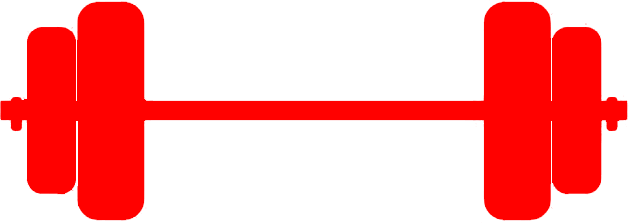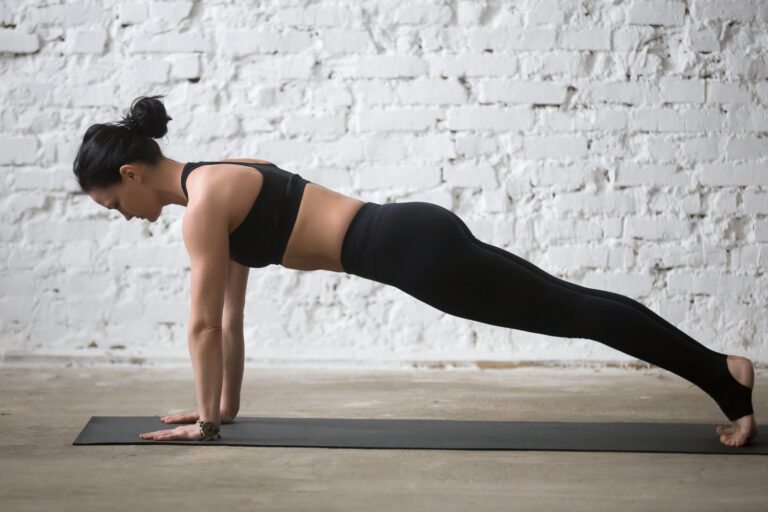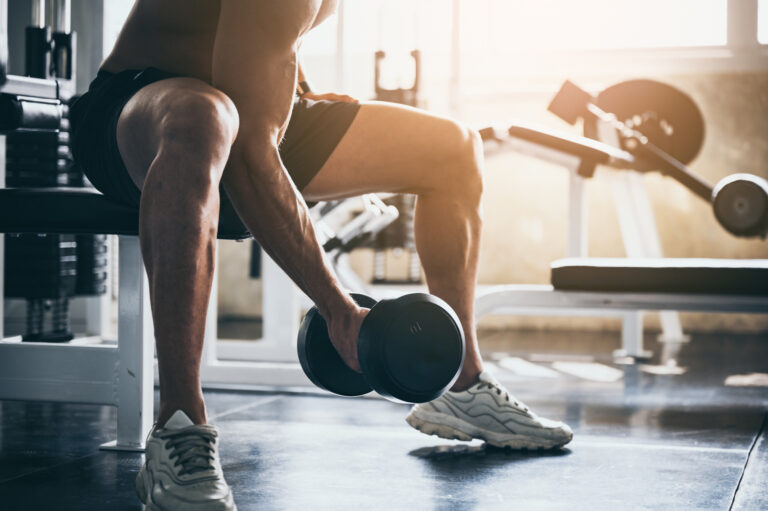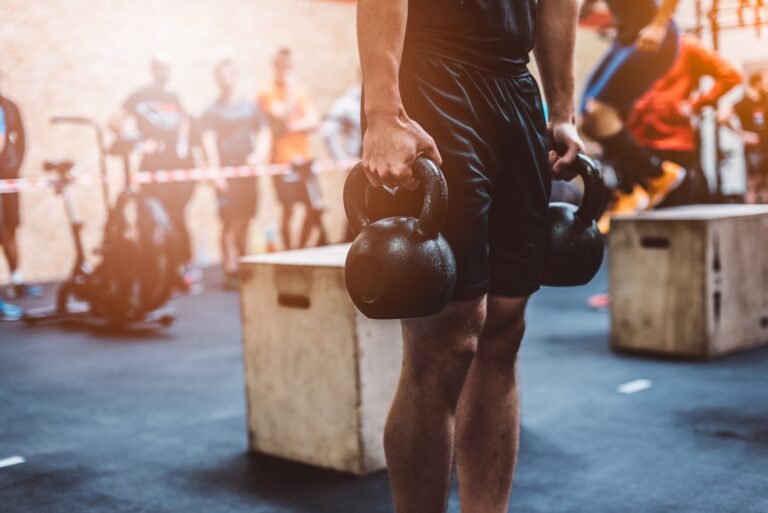How to Get Rid of Lower Belly Fat
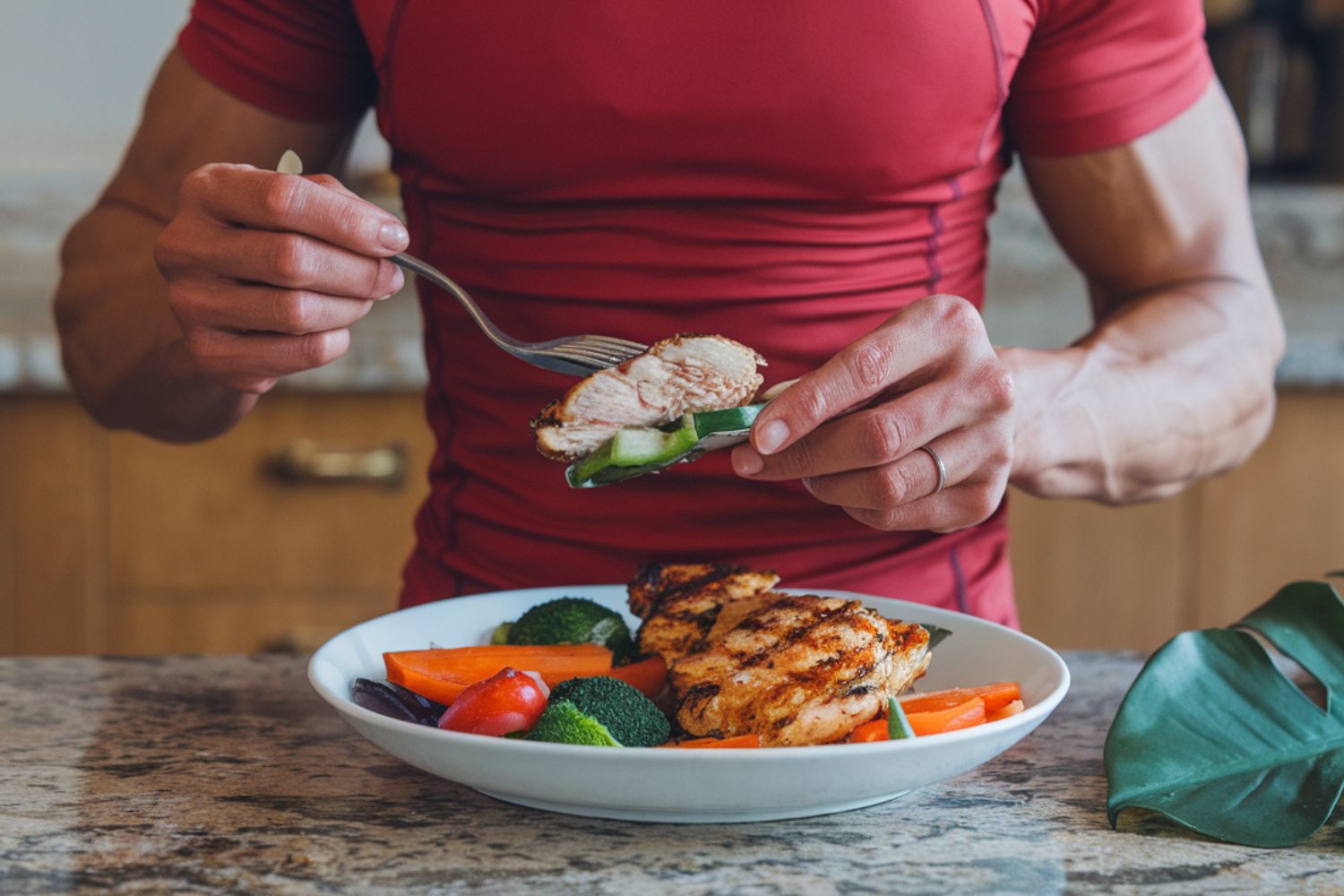
Paunch, spare tire, pot belly–no matter what you call the extra padding that stretches your tops and stresses your shirt buttons, if you’re here, you’re probably looking to have less of it. But how do you get rid of lower belly fat? Before we dive into just how to do it, let’s look at some of the reasons you might want to have less lower body fat.
Research shows that sporting a slimmer waistline can pay health dividends, such as reducing your risk of hypertension (also known as high blood pressure) and type II diabetes, not to mention it may help relieve joint and low back pain.
The best part: These benefits can be achieved with just a few key tweaks to your exercise, diet, and lifestyle habits.
Start with the ones below. While nothing can “spot reduce” fat anywhere on your body–including your belly–these expert tips can help you crank up your overall fat burning. The result: A flatter stomach faster than you ever thought possible.
Want to get in the best shape of your life? Join ATU Mobile and work at home or in the gym with Steve Zim.

What Is Lower Belly Fat?
Lower belly fat is composed of two types of fat:
- Subcutaneous fat: This is the fat just under your skin that you can pinch with your fingers. While it’s not as harmful as visceral fat, it can still negatively impact your health.
- Visceral fat: This type of fat is far more insidious and tougher to burn off. Stored deep in your abdomen, it surrounds organs such as your liver, pancreas, and intestines. It has also been shown to have an even more profound effect on your health than subcutaneous fat.
How to Get Rid of Lower Belly Fat
1. Dial in Your Diet
You can’t out-exercise a poor diet, so the first step in reducing lower belly fat is to upgrade your eating habits. Here are some things that may help you see results:
Eat Fewer Processed Foods and Less Sugar
Processed foods, sugary snacks, and sugary beverages (soda, energy drinks, juice, etc.) can contribute to fat accumulation–especially in the abdomen. Replace treats containing lots of added sugar with whole fruits or unsweetened snacks, and choose water or unsweetened tea instead of sugary drinks.
Eat More Whole Foods
Focusing on whole, minimally processed foods can help you cut down on calories while increasing your intake of essential nutrients. Fill your plate with:
- Lean proteins: Sources such as chicken, turkey, tofu, eggs, and fish help build muscle and keep you feeling full longer.
- Whole grains: Brown rice, oats, quinoa, and whole-wheat breads are high in fiber and can help regulate blood sugar, leading to reduced fat storage
- Healthy fats: Avocados, nuts, seeds, and olive oil are examples of foods that contain “good” unsaturated and polyunsaturated fats, which can help promote satiety and support fat loss.
Reduce Your Alcohol Intake
Alcohol is particularly high in calories, so drinking less of it can help reduce body and belly fat. Alcohol also inhibits fat burning, so the more you consume, the more fat you’ll gain and the less you’ll lose.
Create a Calorie Deficit
Even the healthiest diet won’t help you lose weight if you don’t consume fewer calories per day than it takes you to maintain your current weight. In short, you need to create a “calorie deficit.” There are many online calculators (like this one from the Mayo Clinic) that can help you determine your “maintenance calories.” Once you know how many calories you need to consume to keep your weight stable, subtract 200 to 300 from that number to start dropping pounds sustainably (a maximum of one to two per week).
Prioritize Gut Health
Maintaining a healthy gut “microbiome” –the community of microorganisms in your intestines–is important for more than just digestion. It can also strengthen your immune system, decrease your risk of several diseases, and help you maintain a healthy weight. Limiting your consumption of alcohol and sugary foods and drinks is a good start. Research also shows that increasing your intake of certain probiotic foods, such as yogurt, can help you not only support a healthy microbiome, but also can boost your metabolism and decrease your body fat.
2. Engage in Regular Exercise
Not only will exercise help you create the calorie deficit mentioned above, but it will also help you elevate your daily calorie expenditure. The math is simple: By decreasing the calories you consume and increasing the calories you expend, your body will store less fat and burn more of it–including in your abdomen. The following types of exercise are particularly effective.
Want to get in incredible shape? Join ATU Mobile and work at home or in the gym with Steve Zim.
Cardio
Any activity that challenges your cardiorespiratory system (think: running, cycling, rowing, swimming, HIIT) can help you crank up your body’s fat burning furnace. At a minimum, aim for at least 150 minutes of moderate-intensity cardio per week, or 75 minutes of vigorous-intensity activity. Research shows the latter is particularly effective at burning visceral fat–especially if it’s high intensity interval training (HIIT).
Strength Training
Cardio might be the first thing that comes to mind when it comes to burning fat, but strength training is just as (if not more) effective. Not only does challenging your muscles burn tons of calories while you work out, but it also continues to do so long after you rack your weights. After all, it takes energy to grow muscle and gain strength, and much of that energy will come from your fat stores during the “recovery and adaptation” processes.
Is cardio or strength training best for burning fat?
Science has yet to identify a clear winner, but it does suggest that combining the two is more powerful than either one alone. So if you prefer weightlifting, go ahead and focus on that, but be sure to get your sweat on a couple of times a week. Same for cardio–run if you love to run, but don’t neglect weaving strength training into your weekly routine.
3. Get Enough Sleep
Adequate sleep is often overlooked but is critical for weight management, particularly belly fat. A lack of it can disrupt hormone regulation, increase unhealthy food cravings, and reduce the body’s ability to burn fat efficiently. Some ways to improve your sleep include:
- Aiming for 7-9 hours of quality sleep each night.
- Sticking to a regular sleep schedule.
- Avoiding caffeine or large meals before bedtime.
4. Manage Stress
Chronic stress can cause the body to increase its production of the hormone cortisol, which is associated with abdominal fat gain. When you’re stressed, you may also be more likely to turn to unhealthy foods for comfort. Manage stress by practicing relaxation techniques (e.g., meditation, deep breathing, yoga), exercising regularly, and taking time each day to focus on self care with hobbies or activities that bring you joy.
5. Stay Hydrated
Staying hydrated can not only support healthy digestion, but also help control appetite and prevent overeating. Sometimes thirst is mistaken for hunger, leading to unnecessary snacking. Aim to drink at least 64 oz. of water per day, and consider drinking a glass of water before meals to help you feel fuller and avoid overeating.
In Conclusion
Losing belly fat requires a combination of a healthy, balanced diet, regular exercise, proper sleep, stress management, and hydration. By following these steps and making sustainable, consistent lifestyle changes, you can reduce belly fat and improve your overall health. Remember that it’s not just about aesthetics—it’s about elevating your overall health and feeling your best as well.
Be patient, and celebrate big and small victories, and keep your eye on the prize. Consistency is key!

